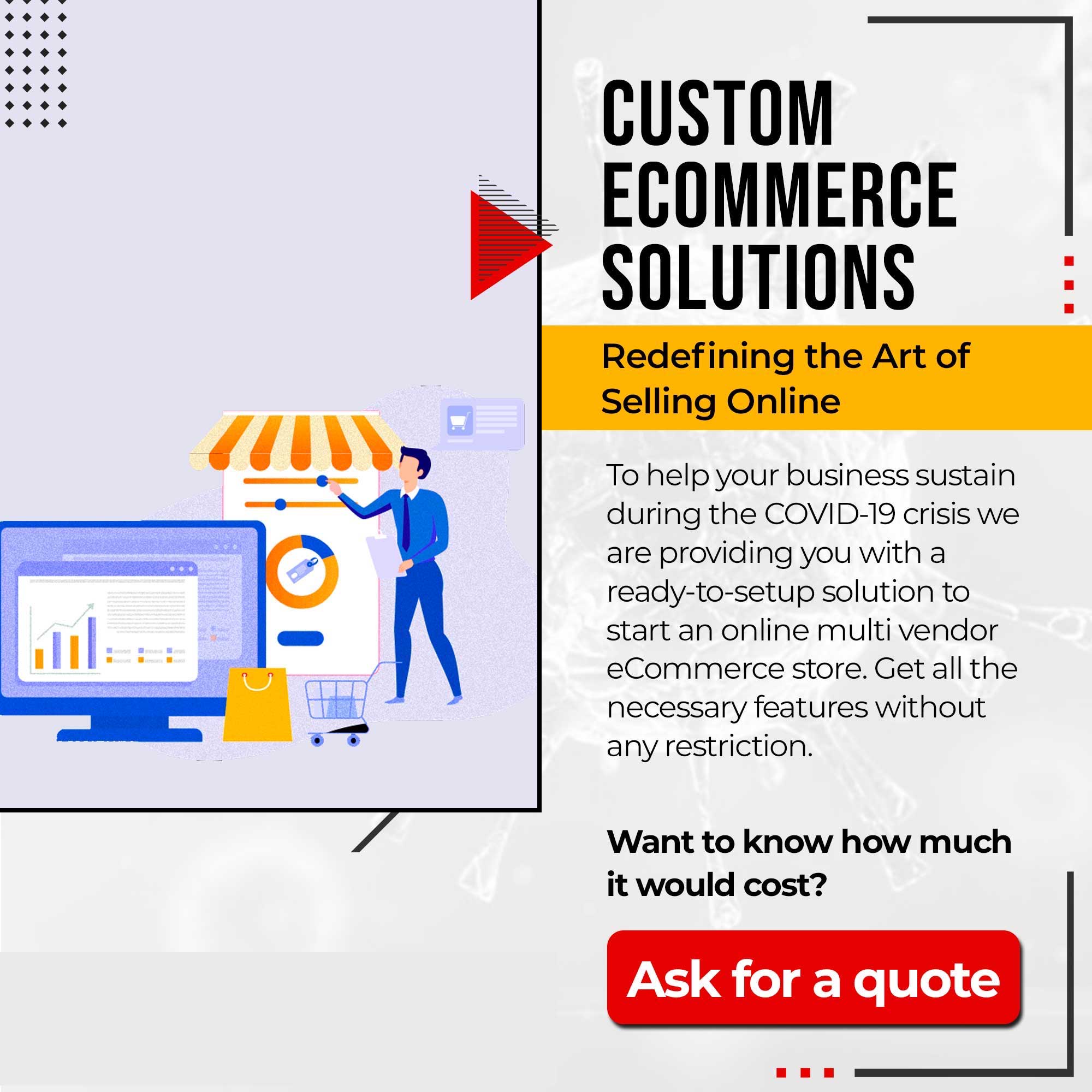The E-commerce Evolution : Is Your Online Store Ready for the Future?
In the late 1990s, when the world first got a glimpse of e-commerce, it was little more than a digital catalog and shopping cart. Fast forward to today, and the e-commerce landscape has evolved into a dynamic, data-driven ecosystem that reshapes how businesses and consumers interact. With emerging technologies and shifting consumer expectations, online retailers face the ultimate question: Is your online store ready for the future?
Let’s explore the evolution of e-commerce, key trends shaping its future, and actionable steps to prepare your online store for what lies ahead.
A Glimpse Into E-commerce’s Past
E-commerce began as a convenient alternative to physical stores, driven by the novelty of buying products online. Early adopters like Amazon and eBay capitalized on the internet’s growing reach, creating a foundation for a new era of shopping.
Key Milestones in E-commerce Evolution:
- 1995: Amazon and eBay launch, pioneering online retail and auctions.
- 2000s: The rise of payment gateways like PayPal streamlined online transactions.
- 2010s: Mobile commerce exploded with smartphones, and platforms like Shopify democratized access to e-commerce tools.
- 2020s: The COVID-19 pandemic accelerated online shopping adoption, propelling e-commerce growth by years.
Current Trends Transforming E-commerce
The future of e-commerce is being shaped by innovations in technology and the changing habits of consumers. Here are the trends leading the way:
1. AI and Machine Learning
AI is revolutionizing e-commerce by enabling personalized shopping experiences. From product recommendations to dynamic pricing, machine learning algorithms anticipate user needs and preferences.
- Example: Amazon’s “frequently bought together” section increases average order value by leveraging AI.
- Tip: Implement AI-powered chatbots and recommendation engines to improve user engagement.
2. Voice Commerce
With the growing adoption of smart speakers like Alexa and Google Home, voice search is becoming a dominant shopping channel.
- Impact: By 2025, voice commerce is projected to reach $40 billion in sales.
- Action: Optimize your product listings for voice search by focusing on conversational keywords.
3. Augmented Reality (AR)
AR bridges the gap between physical and online shopping by offering immersive experiences.
- Example: Furniture brands like IKEA let customers visualize products in their homes using AR apps.
- Action: Incorporate AR features to help customers make confident purchasing decisions.
4. Sustainability and Ethical Practices for E-Commerce
Modern consumers prioritize eco-friendly and ethical brands. Transparency in sourcing and operations is now a competitive edge.
- Stat: 73% of global consumers are willing to pay more for sustainable products.
- Action: Highlight your sustainability efforts through detailed product descriptions and certifications.
5. Social E-Commerce
Platforms like Instagram, TikTok, and Pinterest have blurred the lines between social media and e-commerce.
- Example: TikTok’s shoppable videos allow users to buy products directly without leaving the app.
- Action: Invest in social commerce by creating engaging, shoppable content for your brand.
6. Subscription Models
The subscription economy is thriving as customers seek convenience and value.
- Example: Meal kit services like HelloFresh deliver recurring value, building customer loyalty.
- Action: Identify opportunities to introduce subscription plans for your products or services.
7. Blockchain for Transparency
Blockchain technology ensures transparency in supply chains, providing customers with authentic product information.
- Impact: It builds trust by verifying product origin and quality.
- Action: Use blockchain solutions to showcase your commitment to authenticity.
Challenges in Adapting to Future E-Commerce Trends
The future of e-commerce isn’t without its hurdles. Here are some common challenges:
- Keeping Up with Technology: Rapid advancements can make it overwhelming for businesses to adopt new tools.
- Data Privacy Concerns: Balancing personalization with data protection is critical.
- Global Competition: The digital marketplace opens doors for international competitors.
- Supply Chain Disruptions: Unpredictable events like pandemics and geopolitical tensions can impact logistics.
How to Future-Proof Your Online Store
To stay ahead in the ever-evolving e-commerce landscape, online retailers must adopt proactive strategies. Here are actionable steps to ensure your online store is future-ready:
1. Invest in Mobile Optimization
With mobile commerce accounting for more than 70% of e-commerce sales, a mobile-friendly website is non-negotiable.
- Action: Ensure fast load times, intuitive navigation, and responsive design for mobile users.
2. Leverage Data Analytics in
Data is the backbone of modern e-commerce. Understanding customer behavior allows you to make informed decisions.
- Action: Use analytics tools like Google Analytics or Hotjar to track user interactions and optimize your sales funnel.
3. Adopt Omnichannel Strategies
Consumers expect seamless experiences across channels—from your website to social media and physical stores.
- Action: Integrate your sales channels to provide a consistent and connected customer journey.
4. Focus on Cybersecurity
With increasing online transactions, ensuring secure payment systems is crucial.
- Action: Implement SSL certificates, two-factor authentication, and robust data encryption.
5. Embrace Automation
Automation reduces manual workload and enhances operational efficiency.
- Action: Use tools for inventory management, customer support, and email marketing automation.
6. Personalize Customer Experiences
Tailored experiences foster loyalty and drive conversions.
- Action: Use AI to deliver personalized product recommendations and targeted email campaigns.
7. Prioritize Sustainability
Embrace eco-friendly practices to align with consumer values by offering sustainable packaging, carbon-neutral shipping, and environmentally conscious product options.
Conclusion: Is Your Store Ready?
The evolution of e-commerce shows no signs of slowing down. As technologies advance and consumer expectations rise, staying ahead requires a mix of innovation, agility, and customer-centric strategies. Ask yourself: Are you leveraging the power of AI? Are your mobile users delighted with your interface? Are you addressing sustainability demands?
By taking proactive steps today, you can ensure your online store not only survives but thrives in the future. The time to act is now—because the future of e-commerce waits for no one.





